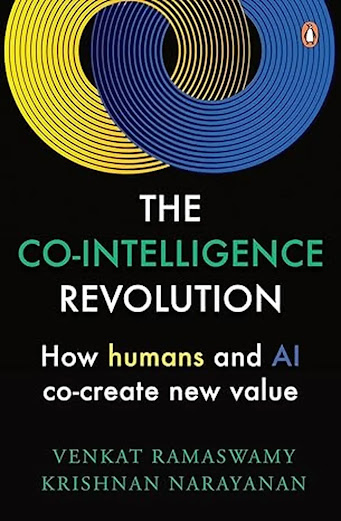If ignorance is indeed bliss, as Thomas Gray said in Ode on a Distant Prospect of Eton College (1742), a will to ignorance is as strong as any interest in knowledge. Our own experience confirms Aristotle pronouncement that all human beings want to know. However, we seem to be passing through a historical period when the denial of knowledge is acceptable even desired. Centuries after the quest for enlightenment, we now seem to have turned toward the search for ignorance. It’s no wonder then that mesmerized crowds follow preposterous prophets, irrational rumors trigger fanatical acts, and magical thinking crowds our common sense. In Ignorance and Bliss, historian Mark Lilla offers an intellectual travelogue of the human will not to know.
A professor of humanities at Columbia University, Lilla’s arguments in favor of ignorance are compelling and insightful. Indeed, he offers an amazing insight into our incorrigible attachment to ignorance. It seems after spending epochs in the search of knowledge, humans are now taking a holiday from reality. No wonder, the resistance to knowledge is now being backed by supportive ideologies. In the face of such developments, those devoted to reasoning have now started to feel like refugees.
Knowledge is power, it is true, but who has as yet acknowledged the power of ignorance that is increasing by the day? Is ignorance without power? Some people are naturally curious about learning why; others, however, are indifferent to it. There are reasons to avoid knowing about particular things, and many of those reasons not to know are perfectly justified. And then there are those who have developed a disinterest in gaining such knowledge simply because they believe that what they already know is the truth.
Lilla provokes his readers to dwell on the subject. The most obvious resistance to knowing is rooted in fear. People often resist any questioning of their morality and religiosity because they fear being exposed. By questioning firm and widely held beliefs, people run the risk of upsetting the ideas that they have built their lives around. This is especially frightening when there is guarantee of any satisfactory replacement. However, if ever questions have to be raised without any chance of them being resisted, it can only happen in a state of total ignorance. So, yes, there are reasons to value ignorance.
Ignorance and Bliss is all about how ignorance ought to be viewed and how it should be valued. It views ignorance independent of bliss, and for good reasons. In this era when politics is beset by lies and fake news, it is worth asking if the root cause of the problem lies with the public. It would seem that the general public has accepted lies and fake news and its effects too. There is no escape from such a trap. This book then is about the will not to know as well as the desire to remain ignorant.
Gaining knowledge is an emotional experience and resisting it is an emotional one too. How to live with such contrasting emotions is this book’s focus, and our present predicament. The intimate struggles with aspects of self-knowledge feature prominently here. Of course, even self-knowledge depends on resisting other kinds of knowledge about the world. The chapter about fantasy explores that power within us that resist acknowledging reality. There lies a human dilemma that continues to grow and expand.
Lilla explores several human sentiments like innocence, nostalgia, emptiness, and taboo to gain clarity on the knowledge-ignorance dilemma. That clarity is hard to get because the search for an answer often remains subjective. Knowledge and ignorance co-exist; one doesn’t exist without the other. There seems to be a reason for this: the less we know the more we realize the limits of knowledge. On the contrary, the more we know, the more we are challenged to learn still more. And so, it never ends. And the dilemma persists.
Fascinating and challenging, Ignorance and Bliss make the compelling argument that a will to ignorance is as strong within us as any desire for knowledge. Alas, such are the times that wanting not to know is much stronger than wanting to know. And that way madness lies.
by Mark Lilla
Hurst, New York
Extent:216. Price: Rs 1,765
Published in Hindustan Times on Dec 12, 2025.

.webp)




.jpg)




.jpg)











